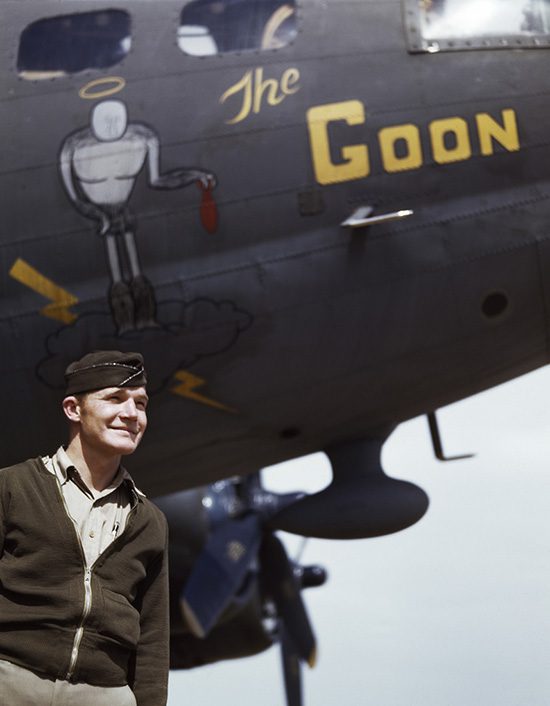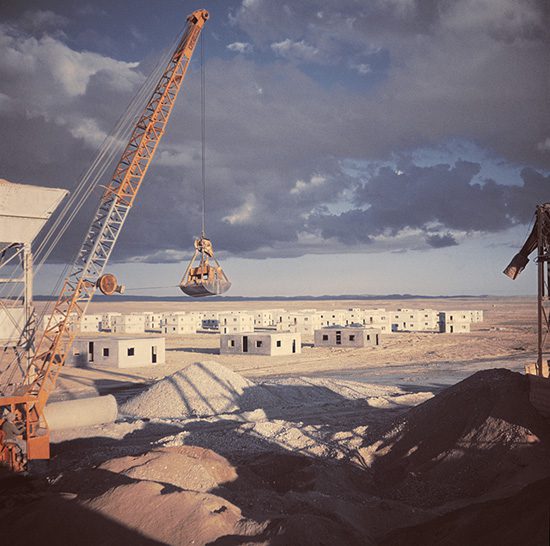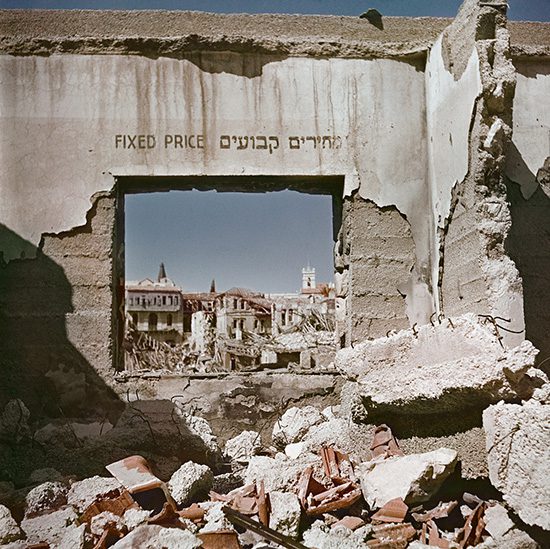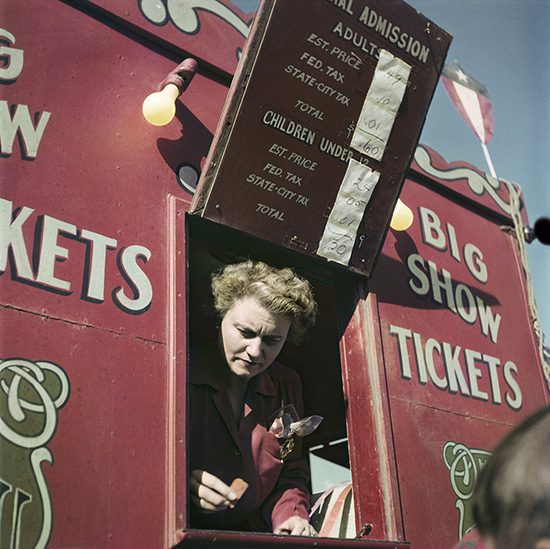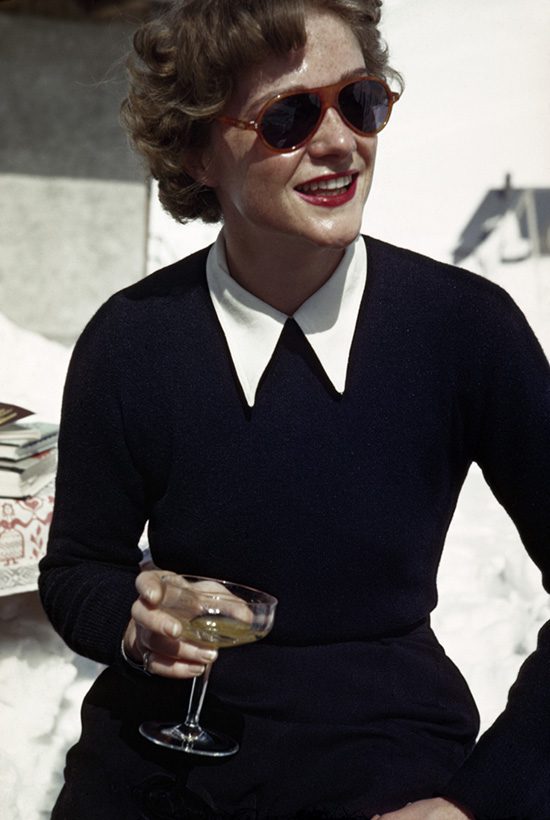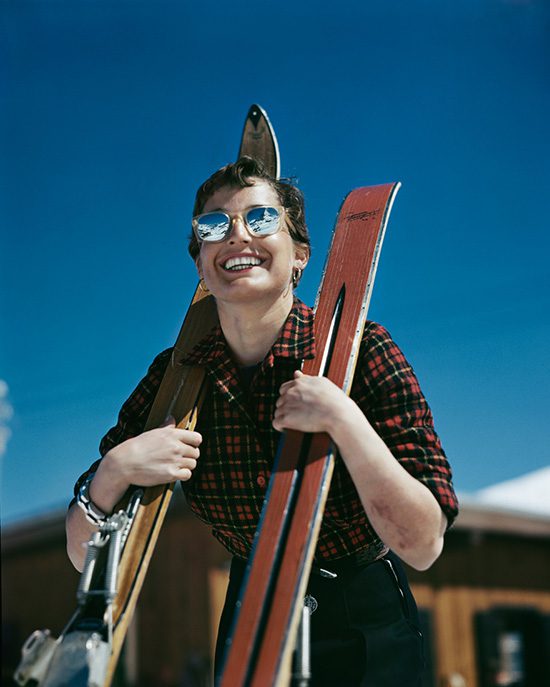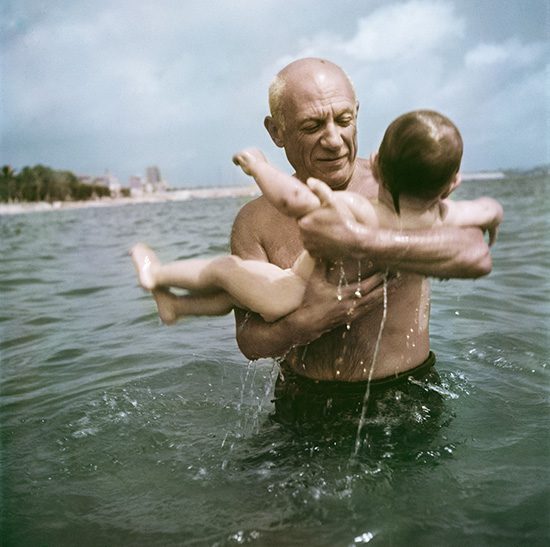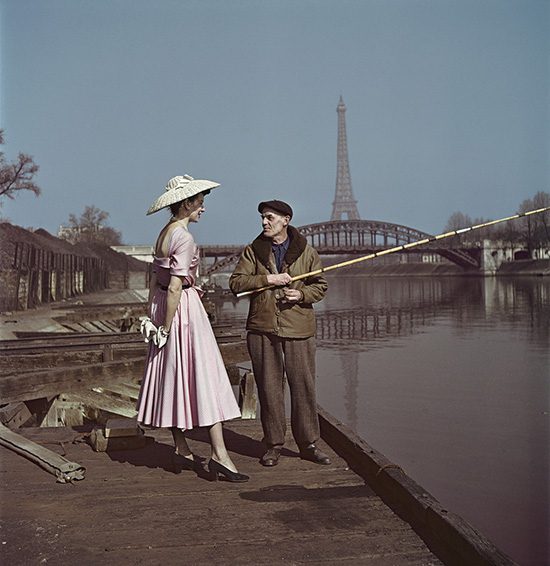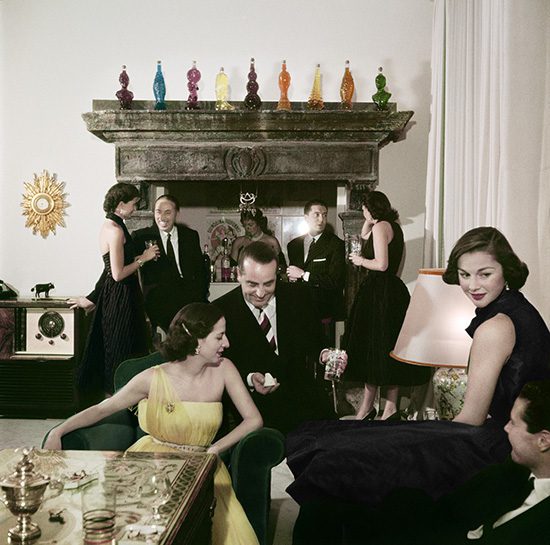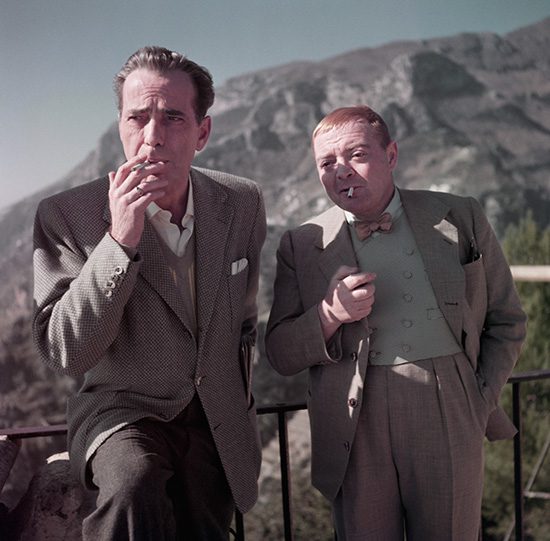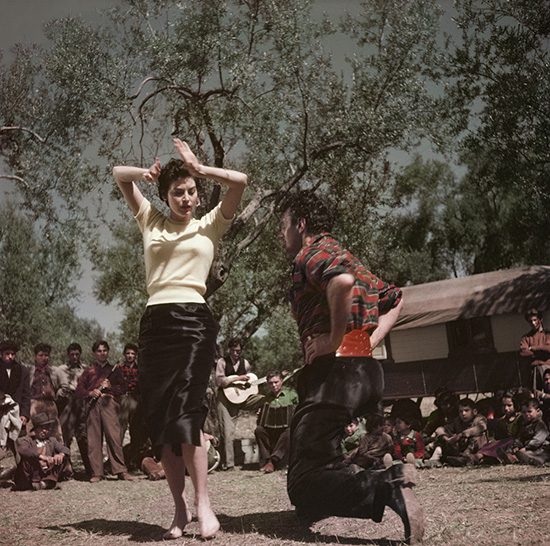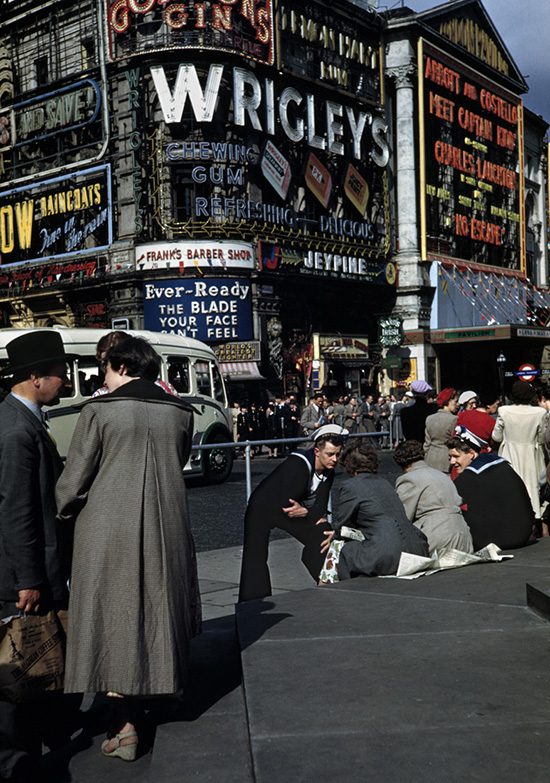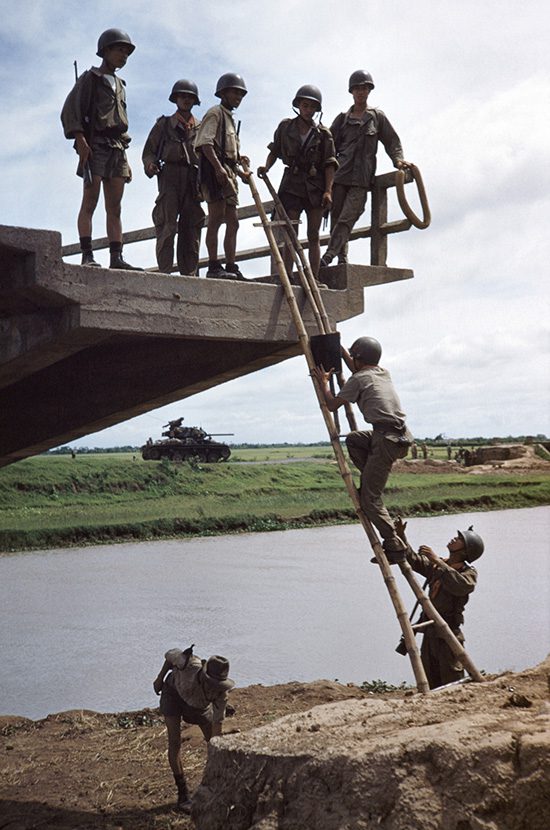PHOTO:Capa in Color
 Robert Capa, is the photographer whose name is synonymous with war photos, from 1938 Robert Capa regularly used color film until his death in 1954. Some of the photographs were published on the magazines of the day, but over the years the color icons were virtually forgotten. “Capa in Color” presents Robert Capa’s color photographs to the European public for the first time, with 150 color works, contextual publications and personal papers from ICP’s collection, the exhibition presents a fascinating new look at this master of black-and-white photography.
Robert Capa, is the photographer whose name is synonymous with war photos, from 1938 Robert Capa regularly used color film until his death in 1954. Some of the photographs were published on the magazines of the day, but over the years the color icons were virtually forgotten. “Capa in Color” presents Robert Capa’s color photographs to the European public for the first time, with 150 color works, contextual publications and personal papers from ICP’s collection, the exhibition presents a fascinating new look at this master of black-and-white photography.
By Dimitris Lempesis
Photo: Jeu De Paume Archive
Robert Capa (Endre Friedmann) was born in in Budapest and became one of the most important photojournalists of the 20th Century. As a teenager he was interested to literature and politics, the reasons that he was exiled from his country were his protests against the opression and the anti-Semitism of the Government. So he moved to Berlin, to study journalism, at first, but ended up working as an assistant photographer in the darkroom of the Agency “Dephot”, from which undertook his first mission to photograph the exiled Russian revolutionist Leon Trotsky. In 1933, he moved from Germany to France because of the rise of Nazism and persecution of Jewish journalists and photographers, in Paris he covered the politic of the National Front. Ηaving gained Ιnternational reputation in the Spanish Civil War, in 1938 he traveled to the Chinese city of Hankow, to document the resistance to the Japanese invasion. Then he traveled to the Italy, England, France and Germany in the whole War Word II. In 1947, Capa founded the cooperative venture Magnum Photos in Paris with Henri Cartier-Bresson, William Vandivert, David Seymour, and George Rodger. During 1938, when he was covering the Chinese resistance to the Japanese invasion he wrote a letter to a friend of his in New York and asking for 12 rolls of Kodachome and instructions how to use them. Four of those photographs published in the Life magazine, those were Capa’s first experiments with color film, he was a pioneer among the other Photographers of his period. During Word War II he used more often color film since he often carried two cameras. During an Allied Convoy through Atlantic Ocean he shoot color icons for the ‘’Saturday Evening Post’’ journal and later he traveled to North Africa and some of his work published at the ‘’Illustrated’’ and ‘’Collier’s’’ magazines. During 1944 and 1945 he returned to the black and white film for practical reasons. The use of color film for Robert Capa was a standard for his Post War photographs for the magazines ‘’Holiday’’, ‘’Illustrated’’, ‘’Collier’s’’, and ‘’Ladies’ Home Journal’’. In 1947 Capa traveled to the Soviet Union with his friend, the American writer John Steinbeck and also to Israel. For the “Generation X” project, Capa traveled to Oslo and northern Norway, Essen, and Paris to capture the lives and dreams of youth born before the war. Except from War photos like many photographers of his era he covered fashion in Paris and Rome, Alpine Ski, Hollywood celebrities and also Biarritz and Deauville resorts. Robert Capa carried at least two cameras for all of his postwar stories, one with black-and-white film and one with color, using a combination of 35mm and 4×5 Kodachrome and medium-format Ektachrome film, emphasizing the importance of this new medium in his development as a photographer. He continued to work with color until the end of his life, including in Indochina, where he was killed in May 1954, after stepped on a landmine. His color photographs of Indochina presage the color images that dominated the coverage from Vietnam in the 1960s.
Info: Cynthia Young, Jeu De Paume, 1 Place de la Concorde, Paris, Duration: 21/11-29/5/16, Days & Hours: Tue 11:00-21:00, Wed-Sun 11:00-19:00, www.jeudepaume.org
